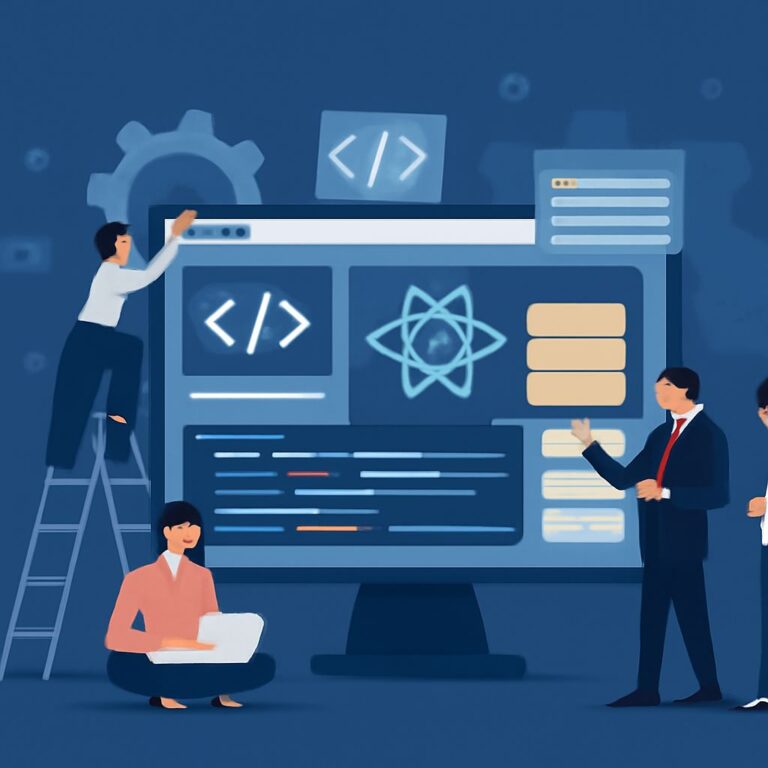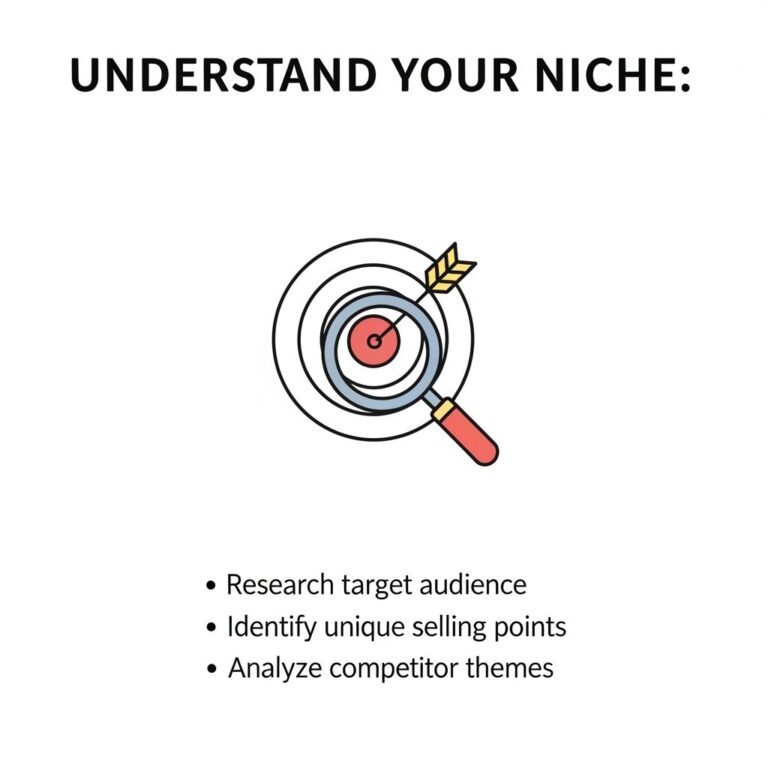The world of web development is ever-evolving, with new technologies and methodologies continuously reshaping how we create and interact with websites. As we look ahead to 2025, several trends are emerging that are set to redefine the landscape of web development. Understanding these trends is crucial for developers, businesses, and anyone involved in the digital domain.
Table of Contents
1. Progressive Web Applications (PWAs)
Progressive Web Applications are gaining traction as they offer a seamless blend of web and mobile experiences. By utilizing modern web capabilities, PWAs provide a more native app-like experience on the web.
Key Features of PWAs:
- Offline capabilities
- Push notifications
- Responsive design
- Faster load times
- Improved user engagement
As more businesses recognize the advantages of PWAs, developers will need to learn how to create these applications effectively, focusing on the technologies that enable offline functionality and push notifications.
2. Artificial Intelligence and Machine Learning Integration
Artificial Intelligence (AI) and Machine Learning (ML) are set to become even more integrated into web development. These technologies can analyze user data and behavior, enabling developers to create personalized user experiences.
Benefits of AI and ML in Web Development:
- Enhanced user personalization
- Improved customer support through chatbots
- Predictive analytics for user behavior
- Automated testing and optimization
Developers will need to familiarize themselves with AI frameworks and tools to leverage these technologies effectively. As AI applications continue to grow, staying updated with the latest advancements will be crucial.
3. Voice Search Optimization
With the rise of smart speakers and voice-activated devices, voice search optimization is becoming increasingly important in web development. By 2025, voice searches are expected to constitute a significant portion of all online searches.
Strategies for Voice Search Optimization:
- Use natural language and conversational keywords
- Optimize for local search
- Focus on structured data and schema markup
- Improve website loading speed
Developers must understand how to implement voice search features and optimize websites to cater to this trend, enabling users to access information quickly without traditional typing.
4. Serverless Architecture
Serverless architecture is revolutionizing how developers build and deploy applications. By leveraging cloud services, developers can focus on writing code without worrying about the underlying infrastructure.
Advantages of Serverless Architecture:
| Advantage | Description |
|---|---|
| Cost Efficiency | Pay only for the computing resources used. |
| Scalability | Automatically scales the application based on demand. |
| Reduced Management Overhead | Less time spent on server management and maintenance. |
| Faster Time to Market | Quicker deployment of applications and updates. |
As serverless technology matures, developers will need to adapt their skills to utilize platforms such as AWS Lambda or Google Cloud Functions, making it easier to create scalable applications.
5. Enhanced Cybersecurity Measures
With growing concerns about data privacy and online security, cybersecurity is becoming a critical focus in web development. In 2025, developers will need to prioritize security at every stage of the development process.
Essential Cybersecurity Practices:
- Implement HTTPS to secure communication
- Regularly update software and dependencies
- Use Content Security Policy (CSP)
- Conduct regular security audits and vulnerability assessments
By incorporating robust security measures into their workflows, developers can protect user data and build trust with their audiences.
Conclusion
As we move towards 2025, the trends in web development will continue to evolve, influenced by technological advancements and shifting user behavior. By embracing Progressive Web Applications, integrating AI and ML, optimizing for voice search, adopting serverless architecture, and enhancing cybersecurity measures, developers can stay ahead of the curve. Adapting to these trends will not only improve the quality of web applications but also enhance user experiences, paving the way for future innovations in the digital realm.
FAQ
What are the top web development trends to watch for in 2025?
In 2025, the top web development trends include the rise of AI and machine learning integration, the increasing use of voice search optimization, the popularity of Progressive Web Apps (PWAs), the adoption of low-code/no-code development platforms, and the focus on enhanced cybersecurity measures.
How will AI influence web development in 2025?
AI will play a significant role in web development by automating repetitive tasks, enhancing user experiences through personalized content, and improving website performance with smart analytics and predictive insights.
Why are Progressive Web Apps (PWAs) important in 2025?
PWAs provide a seamless experience across devices, combining the best features of web and mobile apps. They improve load times, enable offline access, and offer push notifications, making them crucial for user engagement in 2025.
What is the significance of low-code/no-code platforms in web development?
Low-code/no-code platforms democratize web development by allowing non-developers to create applications with minimal coding skills. This trend will accelerate in 2025, enabling faster project delivery and innovation.
How will web security evolve in 2025?
Web security will become increasingly critical in 2025, with a greater emphasis on advanced encryption methods, regular security audits, and the implementation of AI-driven threat detection systems to protect against cyberattacks.









